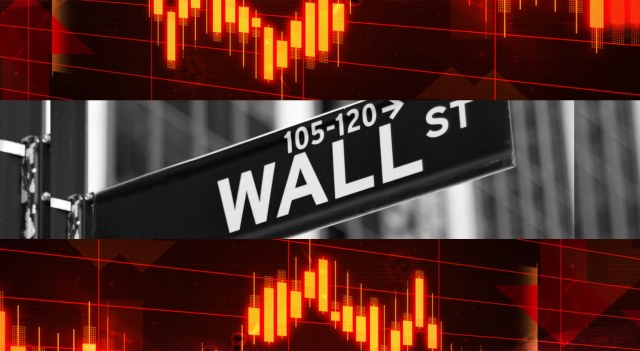
The major U.S. index futures are currently pointing to a notably higher open on Wednesday, with stocks likely to see initial strength amid a positive reaction to a closely watched report on consumer price inflation.
The futures surged following the release of a Labor Department report showing U.S. consumer prices were unexpectedly flat in the month of May.
The Labor Department said its consumer price index came in unchanged in May after rising by 0.3 percent in April. Economists had expected consumer prices to inch up by 0.1 percent.
The unchanged reading came as a 3.5 percent nosedive by gasoline prices helped offset a continued increase in prices for shelter.
Excluding food and energy prices, core consumer prices rose by 0.2 percent in May after climbing by 0.3 percent in April. Core prices were expected to increase by another 0.3 percent.
The report also said the annual rate of consumer price growth slowed to 3.3 percent in May from 3.4 percent in April. Economists had expected the pace of growth to remain unchanged.
The annual rate of core consumer price growth also slowed to 3.4 percent in May from 3.6 percent in April. The pace of growth was expected to dip to 3.5 percent.
The slower than expected annual growth rates are likely to lead to renewed optimism about the outlook for interest rates ahead of this afternoon’s monetary policy announcement by the Federal Reserve.
While the Fed is widely expected to leave interest rates unchanged, traders are likely to pay close attention to the accompanying statement as well as officials’ latest projections for the economy and interest rates.
The major U.S. stock indexes all moved to the downside in early trading on Tuesday but turned mixed over the course of the session.
While the Nasdaq and the S&P 500 recovered from the early weakness to reach new record closing highs, the narrower Dow climbed off its worst levels but spent the rest of the day in negative territory.
The Nasdaq jumped 151.07 points or 0.9 percent to 17,343.55 and the S&P 500 rose 14.53 points or 0.3 percent to 5,375.32, but the Dow fell 120.62 points or 0.3 percent to 38,747.42.
The advance by the tech-heavy Nasdaq was partly due to a surge by shares of Apple (NASDAQ:AAPL), with the tech giant surging by 7.3 percent to a record after unveiling new AI features that may drive users to upgrade their devices.
Meanwhile, traders also continued to look ahead to today’s two potentially major market moving economic events.
Banking stocks moved sharply lower, dragging the KBW Bank Index down by 2.0 percent to its lowest closing level in nearly two months.
Considerable weakness was also visible among housing stocks, as reflected by the 1.4 percent loss posted by the Philadelphia Housing Sector Index.
Airline stocks also showed a significant move to the downside on the day, with the NYSE Arca Airline Index falling by 1.4 percent.
Brokerage, gold and steel stocks also moved notably lower, while strength among software, computer hardware and networking stocks contributed to the advance by the Nasdaq.

It looks like you are not logged in. Click the button below to log in and keep track of your recent history.